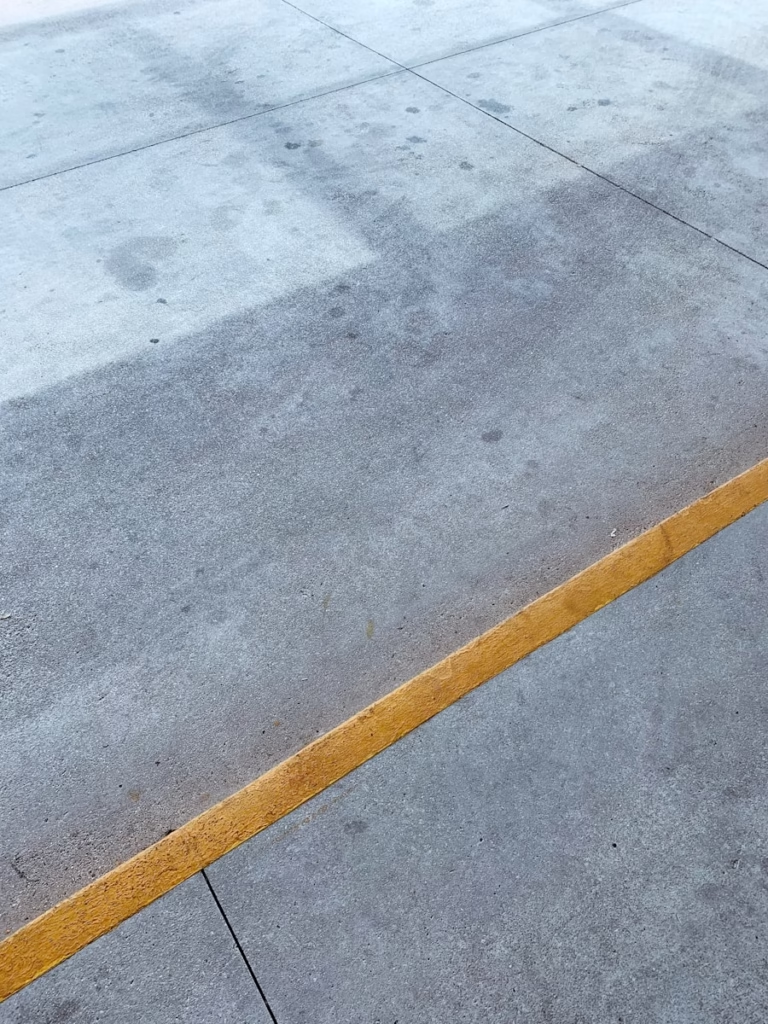In concrete construction, formwork refers to the mould used to shape and hold liquid concrete until it hardens into the desired form. Without formwork, concrete would spread uncontrollably, unable to achieve structural integrity or aesthetic requirements. Typically, formwork is constructed from wood, with plywood providing a smooth outer surface that supports the concrete as it sets.
Concrete is a dense material—approximately 2.4 times denser than water—and, in its liquid state, exerts significant pressure on the mould. This makes it necessary to reinforce the plywood with horizontal beams or wailings to ensure stability. Additionally, the load-bearing mechanisms that transfer these forces to solid supports are collectively referred to as falsework. Properly designed and constructed formwork is critical for ensuring both the functionality and appearance of the final concrete structure.

Composition and Reinforcement of Formwork
The primary components of formwork are:
- Plywood skin, which acts as the main support during the initial setting of concrete.
- Horizontal wooden beams or wailings, which reinforce the plywood to prevent deformation under the significant pressure of liquid concrete.
Given the density and fluidity of concrete, these components must work together to create a robust structure. Falsework systems further transfer these loads to solid supports, ensuring the formwork remains stable throughout the pouring and setting process.
Characteristics of Good Formwork
The quality of the final concrete product depends largely on two factors:
- How well the concrete is placed and compacted.
- The quality of the formwork used.
Because formwork materials are costly, and skilled labor is required to fabricate, erect, and dismantle them, proper handling and maintenance are vital to ensure cost efficiency. In fact, the total cost of formwork often surpasses that of the concrete it shapes and supports. To achieve cost efficiency, formwork must be reused multiple times, which can only happen if it is carefully cleaned, stored, and handled.
For projects involving walls taller than 1 meter or similarly complex structures, detailed drawings of the formwork are necessary to guide its construction. While intricate design schematics are not always required, even a simple sketch can ensure the formwork meets the project’s requirements.
Criteria for Good Formwork
Good formwork should fulfill several critical criteria to ensure safety, stability, and optimal results:
Strength
- Must support the weight of fresh concrete during placement and compaction, as well as any additional loads it might encounter.
Surface Quality
- The face of the formwork should be of sufficient quality to provide the desired finish for the concrete.
Ease of Use
- Should be easily erected and dismantled, minimizing time and labor costs.
Stability
- Must remain stable in various weather conditions to prevent structural or aesthetic defects in the concrete.
Safety
- Should be designed and handled in accordance with appropriate safety regulations and be compatible with available equipment.
Access for Concrete Placement
- Formwork design should allow proper placement and compaction of the concrete to avoid voids or defects.
Prevention of Grout Leakage
- Joints between formwork components must be sound to prevent the leakage of cement slurry, which can lead to defects such as honeycombing.
Consequences of Poor Formwork
Poorly constructed or maintained formwork can result in significant issues. For example, defects in the formwork surface can transfer directly to the concrete face, as it acts as a negative mould. A common issue is paint or coatings from the plywood imprinting onto the concrete, causing undesirable blemishes.
Another issue is honeycombing, where voids are left in the concrete due to improper compaction or grout leakage through poorly sealed joints. These defects not only compromise the aesthetics of the structure but can also weaken its integrity. Regular inspection of formwork prior to pouring is essential to avoid these problems.
Conclusion
Formwork is a vital component in the construction of concrete structures. Its quality and proper usage directly influence the durability, safety, and appearance of the final product. Although formwork is often more expensive than the concrete itself, it is an investment in the project’s overall success. Adhering to good practices—such as ensuring strength, stability, safety, and proper maintenance—ensures the longevity and cost-efficiency of the formwork and results in superior concrete finishes. By recognizing the importance of formwork, builders can avoid common pitfalls and deliver structures that meet both functional and aesthetic expectations.
